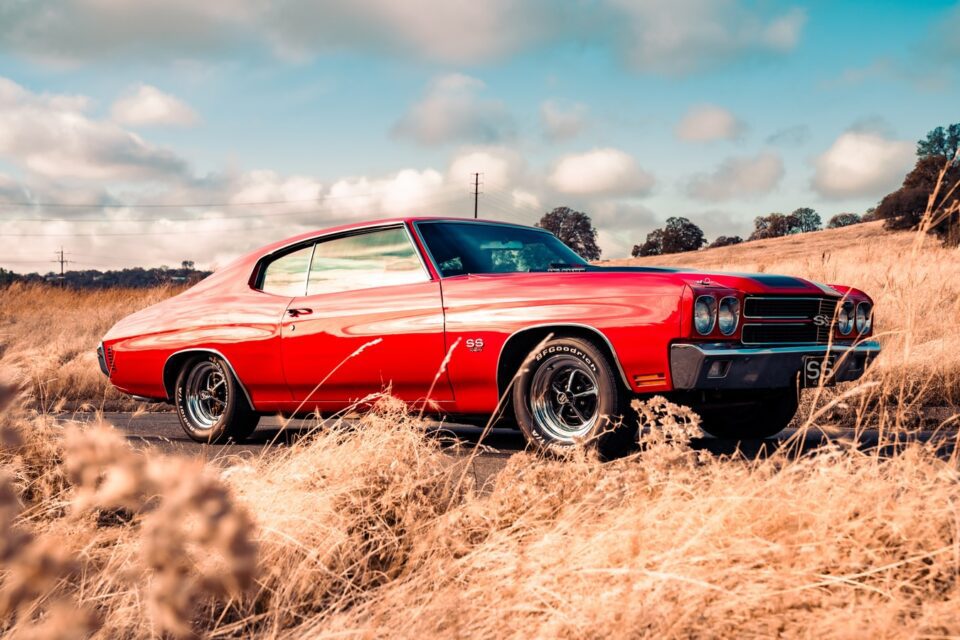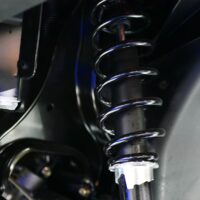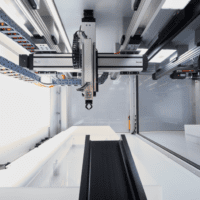History of Muscle Cars
Muscle cars have been around since the 1960s, and they quickly became popular with young car enthusiasts who were looking for speed and power. These cars were designed with big engines and sleek designs that set them apart from other vehicles on the road. The trend started in the United States, where car manufacturers like Ford, Chevrolet, and Dodge began producing cars that were specifically designed for high-performance driving.
The first muscle car was the Pontiac GTO, which was introduced in 1964. This car was designed with a 389-cubic-inch V8 engine that produced 325 horsepower. The GTO quickly became popular with car enthusiasts and set the standard for muscle cars that followed. Other car manufacturers soon followed suit, producing cars like the Ford Mustang, Chevrolet Camaro, and Dodge Charger.
However, the popularity of muscle cars started to decline in the 1970s due to rising fuel costs and stricter emissions regulations. Many car manufacturers stopped producing muscle cars altogether, and the trend started to fade away. However, muscle cars remained popular among car enthusiasts, and many of these vehicles have been restored and preserved over the years.
The Golden Age of Muscle Cars
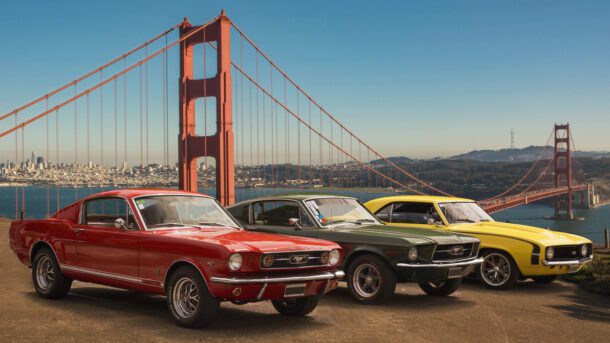
The 1960s and 1970s are often referred to as the “golden age” of muscle cars. During this time, car manufacturers produced some of the most iconic muscle cars that are still celebrated today. These cars were designed with powerful engines, sleek designs, and innovative features that set them apart from other vehicles on the road.
One of the most iconic muscle cars of this era was the Ford Mustang. The Mustang was introduced in 1964 and quickly became one of the most popular muscle cars of all time. The Mustang was designed with a variety of powerful engines and sleek designs that set it apart from other vehicles on the road. The Mustang is still in production today and remains one of the most popular muscle cars of all time.
Another iconic muscle car of this era was the Chevrolet Camaro. The Camaro was introduced in 1966 and quickly became a popular choice among car enthusiasts. The Camaro was designed with a variety of powerful engines and sleek designs that set it apart from other vehicles on the road. The Camaro is still in production today and remains one of the most popular muscle cars of all time.
Top 10 Iconic Muscle Cars
- Pontiac GTO
- Ford Mustang
- Chevrolet Camaro
- Dodge Charger
- Plymouth Road Runner
- Chevrolet Corvette
- Buick Grand National
- Oldsmobile 442
- AMC AMX
- Shelby Mustang GT500
These cars represent some of the most iconic muscle cars of all time, and they continue to be celebrated by car enthusiasts around the world.
Muscle Cars in Popular Culture
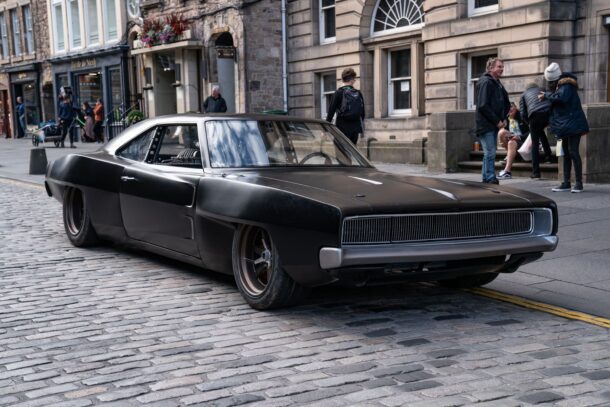
Muscle cars have played a significant role in popular culture over the years. These cars have been featured in movies, TV shows, and music videos, and they continue to be celebrated by car enthusiasts around the world. Some of the most popular movies featuring muscle cars include “Bullitt,” “The Fast and the Furious,” and “Gone in 60 Seconds.”
Muscle cars have also been featured in popular music videos, including “I Can’t Drive 55” by Sammy Hagar and “Paradise by the Dashboard Light” by Meat Loaf. These cars have also been referenced in popular songs, including “Little Red Corvette” by Prince and “Mustang Sally” by Wilson Pickett.
Muscle Car Restoration and Preservation
Many car enthusiasts have taken it upon themselves to restore and preserve classic muscle cars over the years. Restoring a muscle car can be a time-consuming and expensive process, but many car enthusiasts believe that it is worth the effort. Restoring a muscle car involves taking the car apart and rebuilding it from the ground up. This process can take months or even years to complete, but the end result is a beautifully restored muscle car that is often worth more than its original value.
The Future of Muscle Cars
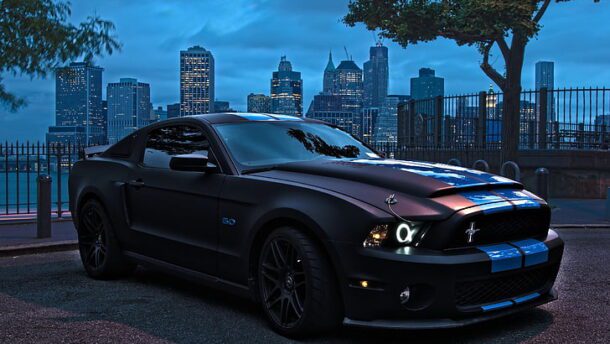
The future of muscle cars is uncertain, as car manufacturers continue to focus on producing more fuel-efficient vehicles. However, many car enthusiasts believe that muscle cars will always have a place in the automotive world. These cars represent an era of automotive design and engineering that will always hold a special place in the hearts of car enthusiasts around the world.
Muscle Car Events and Communities
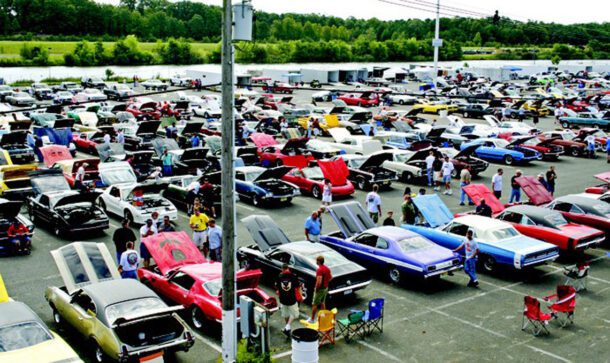
There are a variety of muscle car events and communities around the world that celebrate these iconic vehicles. These events include car shows, races, and cruises that bring car enthusiasts together to share their love of muscle cars. There are also online communities where car enthusiasts can connect and share information about their favorite cars.
The Business of Muscle Cars
The business of muscle cars is a thriving industry, with many companies specializing in restoring and selling classic muscle cars. These companies offer a variety of services, including restoration, customization, and sales. Many of these companies have been in business for decades, and they continue to be a popular choice among car enthusiasts.
Conclusion: Why Muscle Cars Will Always Have a Special Place in Our Hearts
Muscle cars represent an era of automotive design and engineering that will always hold a special place in the hearts of car enthusiasts around the world. These iconic vehicles have played a significant role in popular culture and continue to be celebrated by car enthusiasts of all ages. While the future of muscle cars may be uncertain, there is no denying the appeal of these powerful and iconic vehicles. If you ever want the power of a muscle car with class of the classic vehicle get yourself a classic defender. Whether you’re a die-hard gearhead or just appreciate the artistry of a well-crafted vehicle, there’s no denying the appeal of a true muscle car.

